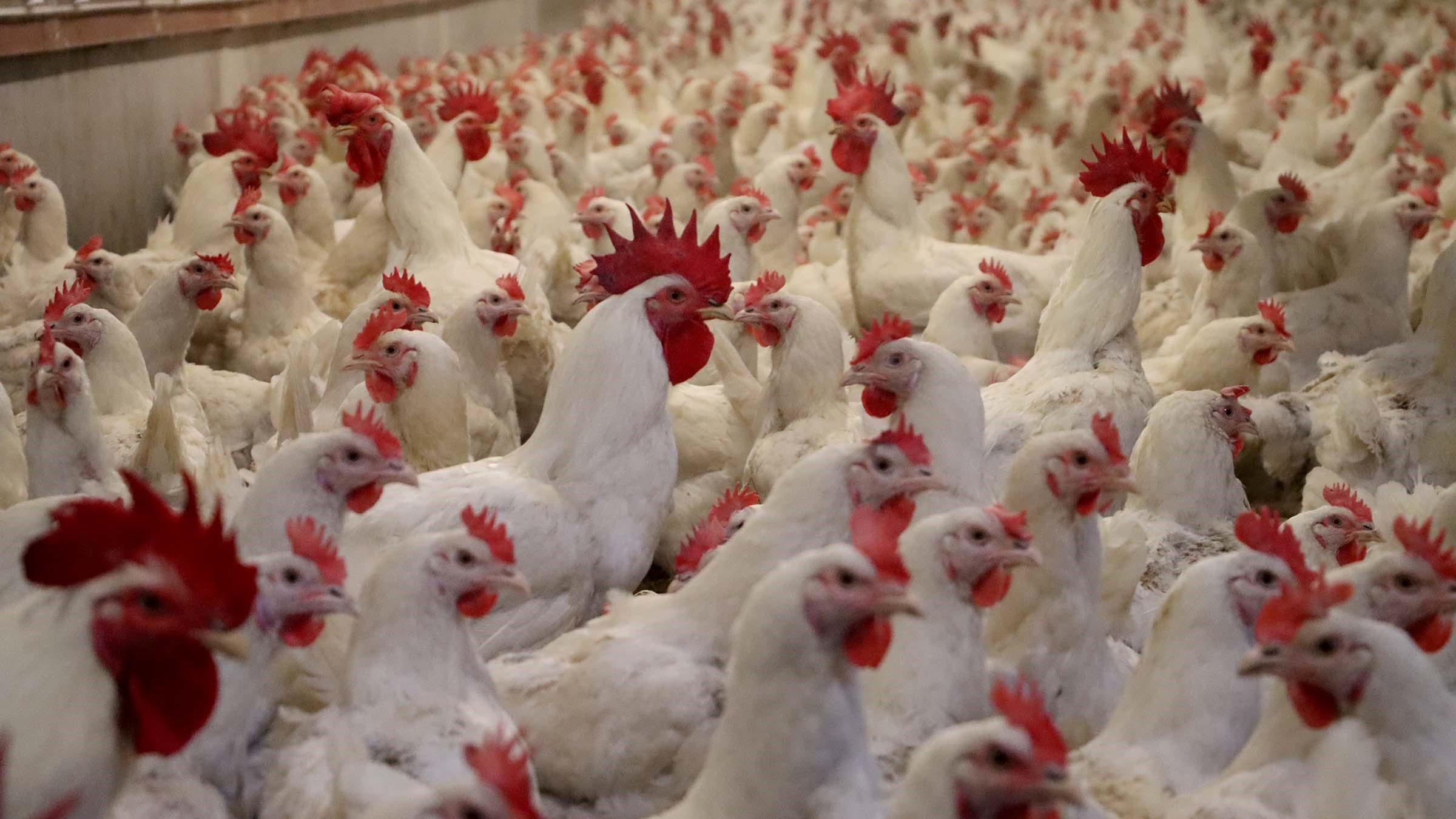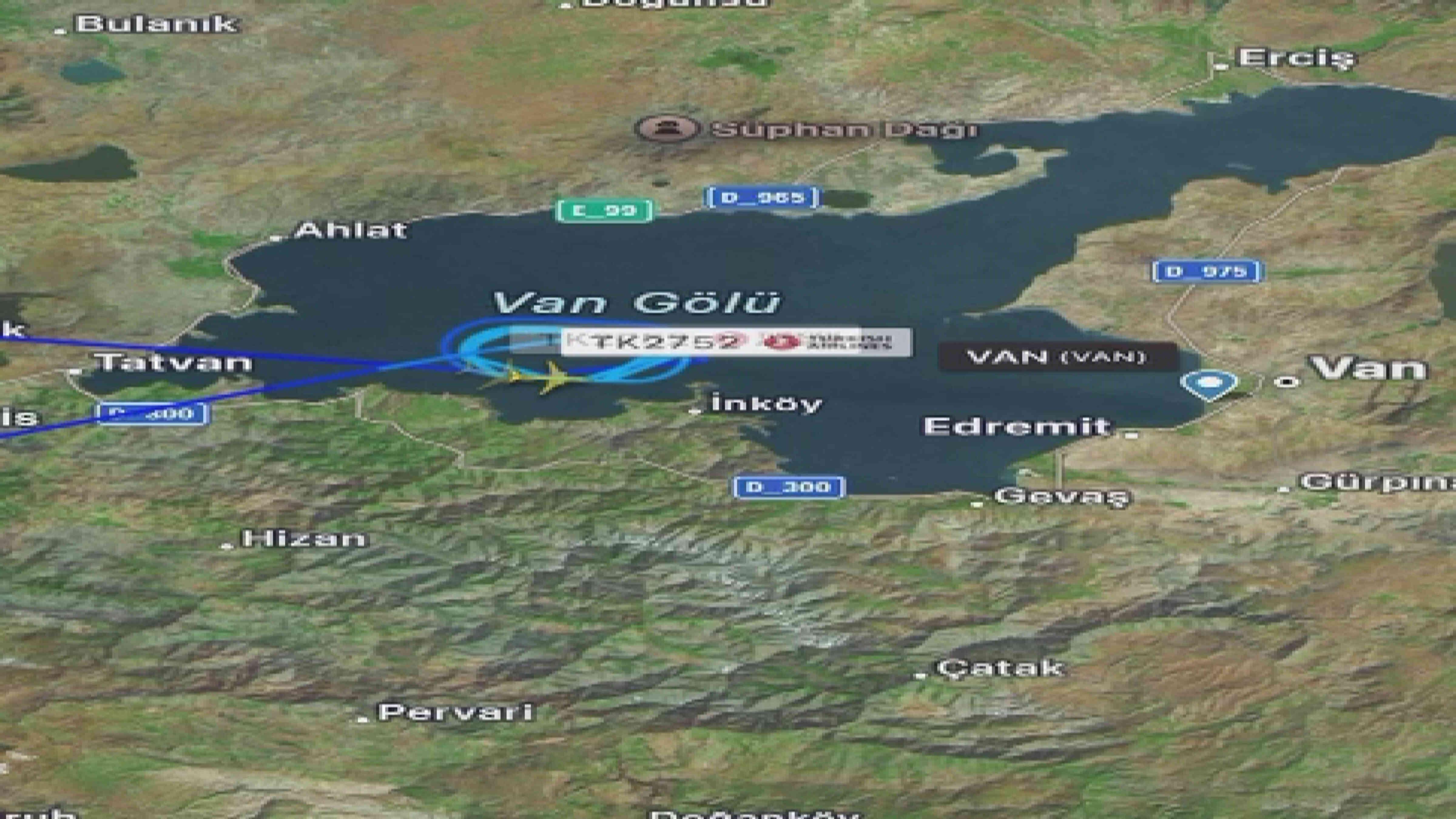Energy agency cuts oil demand forecasts
ISTANBUL - Anatolia News Agency

A worker fills a car with gasoline at a station in Rio de Janeiro, Brazil. Oil demand will fall in 2012 and 2013 due to economic slowdown particularly in China and the US, an energy watchdog says. China, the US account for a third of the global oil market. AFP photo
Faltering economic growth will undercut global oil demand this year and next, the International Energy Agency said Aug. 10, citing slowdowns in China and the United States in particular.“Sluggish economic growth could restrict annual oil demand growth to 0.9 million barrels per day in 2012 and 0.8 mbpd in 2013, with demand averaging 89.6 mbpd and 90.5 mbpd,” down from last month’s estimates of 89.9 mbpd and 90.9 mbpd, respectively, the IEA said in its latest Oil Market Report.
The IEA highlighted slower demand in the United States and China, which together account for a third of the global market, while technical changes in its calculations also cut its 2012 forecast by 0.25 mbpd.
Chinese effect
The IEA, set up to advise developed countries on energy policy, reduced its 2013 economic growth forecast to 3.6 percent from 3.8 percent but left its 2012 estimate unchanged at 3.3 percent.
The Chinese economy, which has driven demand for oil and other commodities for the past 20 years, was likely to grow 8 percent this year, instead of 8.2 percent, rising marginally to 8.1 percent in 2013, rather than 8.5 percent.
Chinese data this week bears out that picture, with the government expected to announce fresh stimulus measures to keep growth at around 8.0 percent, the minimum necessary to provide enough new jobs to keep unemployment at bay.
The IEA put U.S. growth next year at 2 percent, down from the 2.3 estimate it gave in last month’s report.
Global oil supply in July rose 0.3 mbpd from June to 90.7 mbpd, representing an annual gain of 2.6 mbpd, the IEA said.
OPEC July supply was put at 31.39 mbpd, down marginally as lower output in Iran, Libya and Angola offset increased production in Iraq, Qatar and the United Arab Emirates, it added.
On Aug. 10, the Organization of Petroleum Exporting Countries (OPEC) increased its global demand forecast marginally, to 88.72 mbpd from 88.68 mbpd in July. Demand for 2013 was put at 89.52 mbpd, up from 89.50 mbpd last month, representing an increase of 0.81 mbpd from 2012, it said.
Declining momentum
“World oil demand has overcome earlier expectations of a declining momentum and moved to a more stabilized trend, supported by the summer driving season, the summer heat and the continued shutdown of most of Japan’s nuclear capacity,” the OPEC cartel said in its report. OPEC warned at the same time of considerable uncertainty ahead, adding: “The gloomy picture could reduce the world oil demand growth forecast by 20 percent next year.”
The IEA said Iranian oil output continued to fall as Western sanctions over its disputed nuclear program tightened, with July production down to 2.9 mbpd from 3.0 mbpd in June and compared with 3.6 mbpd late last year.
Imports of Iranian oil were down more dramatically, at 1.0 mbpd in July from 1.74 mbpd in June but the IEA stressed that its figures were preliminary and the numbers could rise next month. At the same time, it estimated that Iran would struggle to find buyers for some 1.0 mbpd of oil over the second half of 2012. IEA’s new forecast downgrade was the IEA’s fourth this year, after cuts in January, February and June.
















